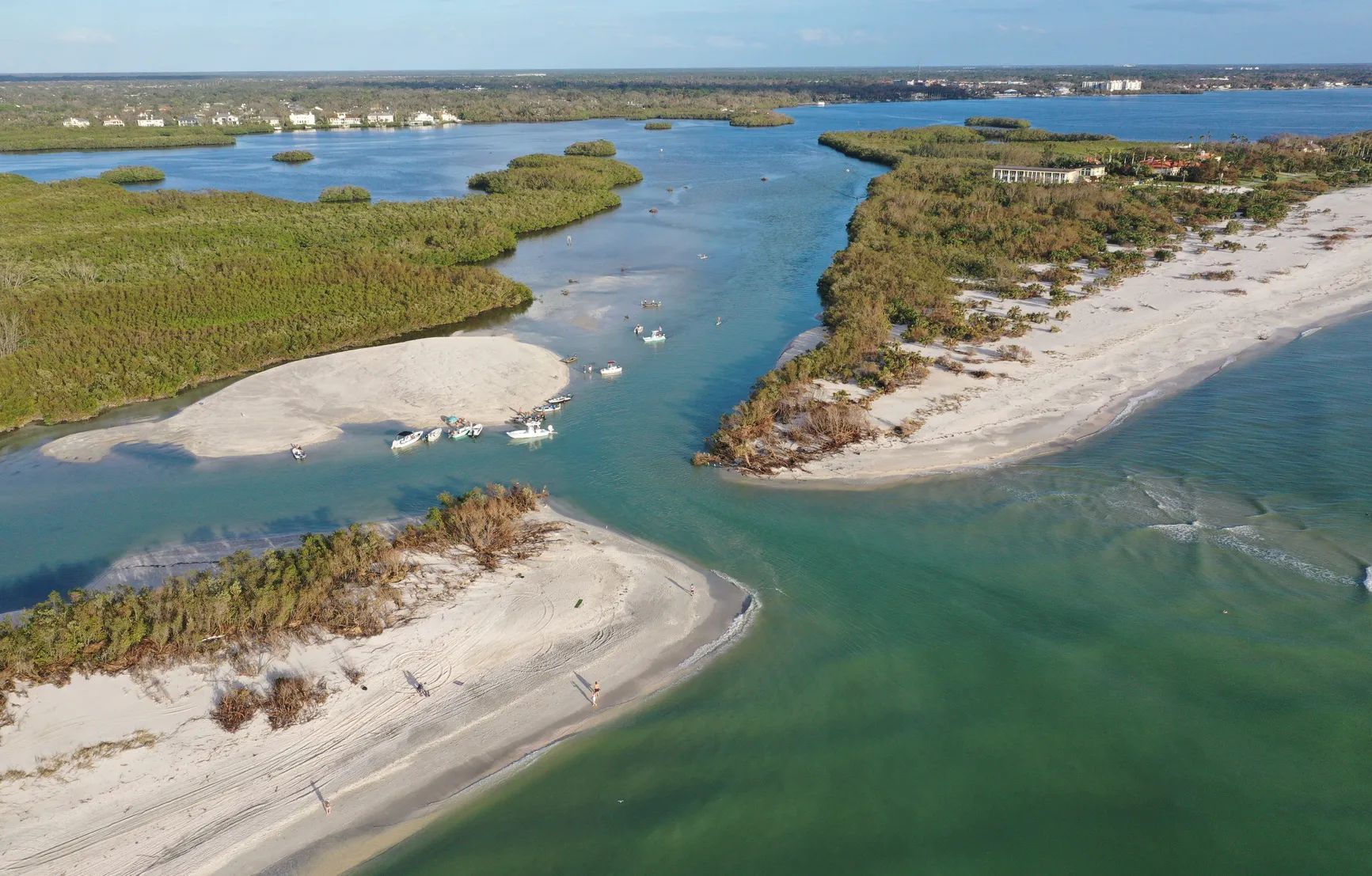
A woman in Washington, D.C., may call it one thing. A guy living off a main square in Mexico City might call it another.
But a tug of war over referring to the immense body of water off the coast of the U.S. and Mexico, as well as Cuba, started after President Donald Trump signed an executive order to dub the Gulf of Mexico the Gulf of America.
Whatever you call it, the gulf has a rich history. It took shape hundreds of millennia before Trump, Mexican President Claudia Sheinbaum Pardo or anyone else could baptize it. Its hundreds of quadrillions of gallons of water won’t quit flowing one way or another. The shrimp will remain just as tasty even if few people actually eat them.
Here’s what to know about the gulf as Trump rechristens it, Google Maps follows suit and many wonder where the name will ultimately land.
The gulf is home to ancient salt deposits. Some are near cold seeps – where hydrocarbons trapped beneath the seafloor escape upwards in columns of bubbles.
The mix of these columns and salt deposits produces a brine four times as salty as seawater, according to a National Oceanic and Atmospheric Administration publication. A few organisms, including mussels and tube worms, have adapted to life in the brine.
For others, it remains highly toxic.
One pool located 3,300 feet below the surface was dubbed the “Hot Tub of Despair,” partly in reference to its 19 degrees Celsius, or 66 degrees Fahrenheit, temperature. It can be fatal for many animals, according to the Ocean Exploration publication.
The NOAA also estimates the gulf is the tomb of some 4,000 shipwrecks.
Vessels discovered in the area include a War of 1812 privateer, boats sunk by German submarines during World War II and an actual German U-boat sunk by Allied forces, the federal agency said.
The gulf is also home to some of the oldest creatures on earth: black corals. They have been found at over 2,000 years old, according to the Gulf of Mexico Fishery Management Council.
Black corals, like trees, form rings as they age. They can be found anywhere from 60 to 2,800 feet below the surface.





